If you’ve ever stumbled upon a photo of a capybara or a nutria and thought, “Wait, are these the same animal?”—you’re not alone. These two rodents often get mixed up because of their similar semi-aquatic lifestyles and love for water. But here’s the deal: nutria and capybara are not the same. In fact, they’re as different as a golden retriever and a raccoon. Let’s dive into the fascinating world of these rodent giants and uncover what makes each of them unique.
What’s the Difference Between Nutria and Capybara?
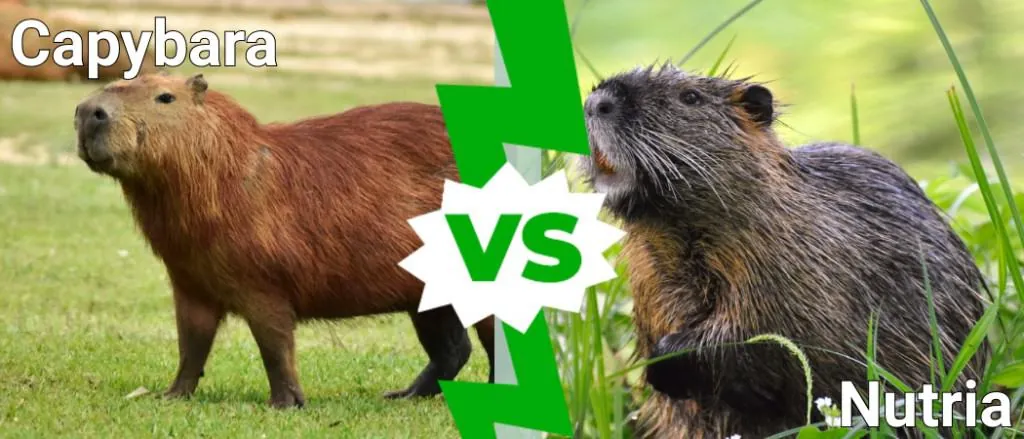
At first glance, nutria and capybara might seem like distant cousins. Both are large rodents, both love water, and both have webbed feet. But that’s where the similarities end. Here’s a quick breakdown:
- Size: Capybaras are the largest rodents in the world, weighing up to 150 pounds and measuring 4 feet long. Nutria, on the other hand, are much smaller, weighing around 15-20 pounds and reaching only 2-3 feet in length.
- Appearance: Capybaras have a barrel-shaped body, a blunt muzzle, and no tail. Nutria, meanwhile, have a rat-like appearance with long, scaly tails and bright orange teeth.
- Social Behavior: Capybaras are the ultimate social butterflies, living in groups of up to 100. Nutria? They’re more like lone wolves, often solitary or in small family groups.
Where Do Nutria and Capybara Live?
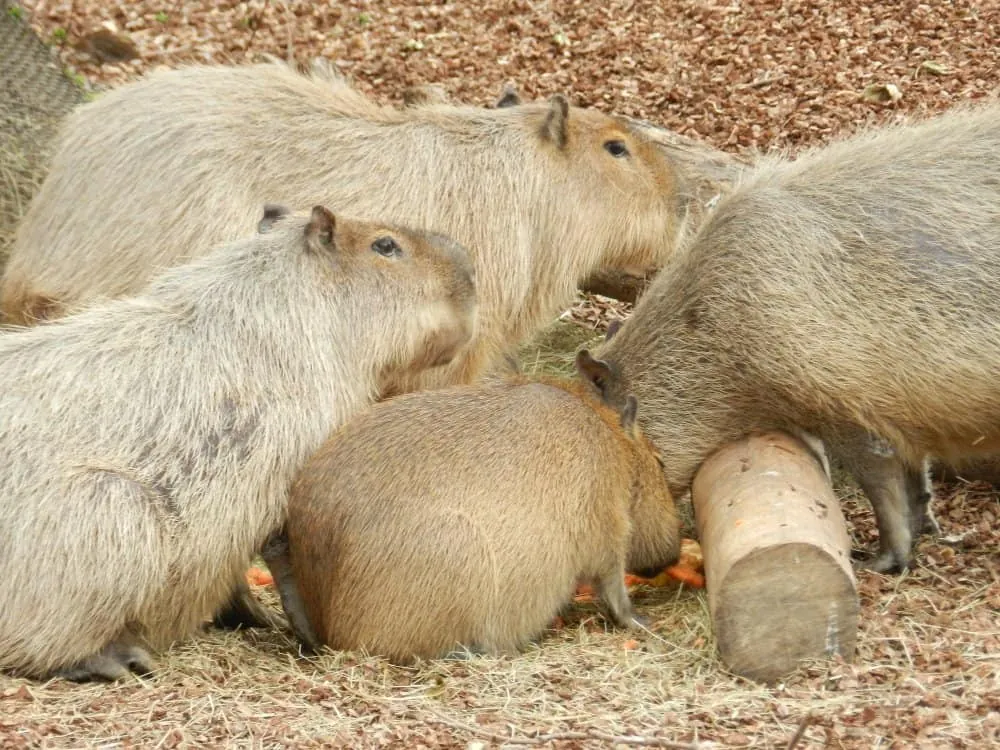
Capybara Habitat
Capybaras are native to South America, where they thrive in lush, water-rich environments like rivers, lakes, and marshes. They’re often found in countries like Brazil, Argentina, and Venezuela.
Nutria Habitat
Nutria, also known as coypu, are originally from South America too, but they’ve spread far and wide. Thanks to human activities (like fur farming), they’ve become invasive in places like North America, Europe, and Asia. They prefer freshwater wetlands, swamps, and even urban areas.
Diet and Feeding Habits: What Do They Eat?
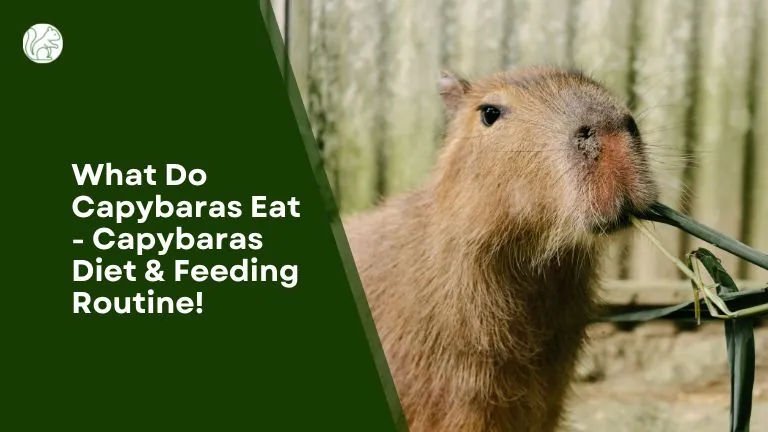
Capybara Diet
Capybaras are herbivores with a taste for grasses, aquatic plants, and the occasional fruit or tree bark. They’re picky eaters, often grazing on their favorite plants and even practicing coprophagy (eating their own feces) to maximize nutrient absorption.
Nutria Diet
Nutria are also herbivores, but they’re less selective. They’ll munch on roots, tubers, and even crops like rice and sugarcane. This adaptability makes them a nuisance in areas where they’ve been introduced, as they can damage ecosystems and agriculture.
Social Behavior: Are They Friendly?
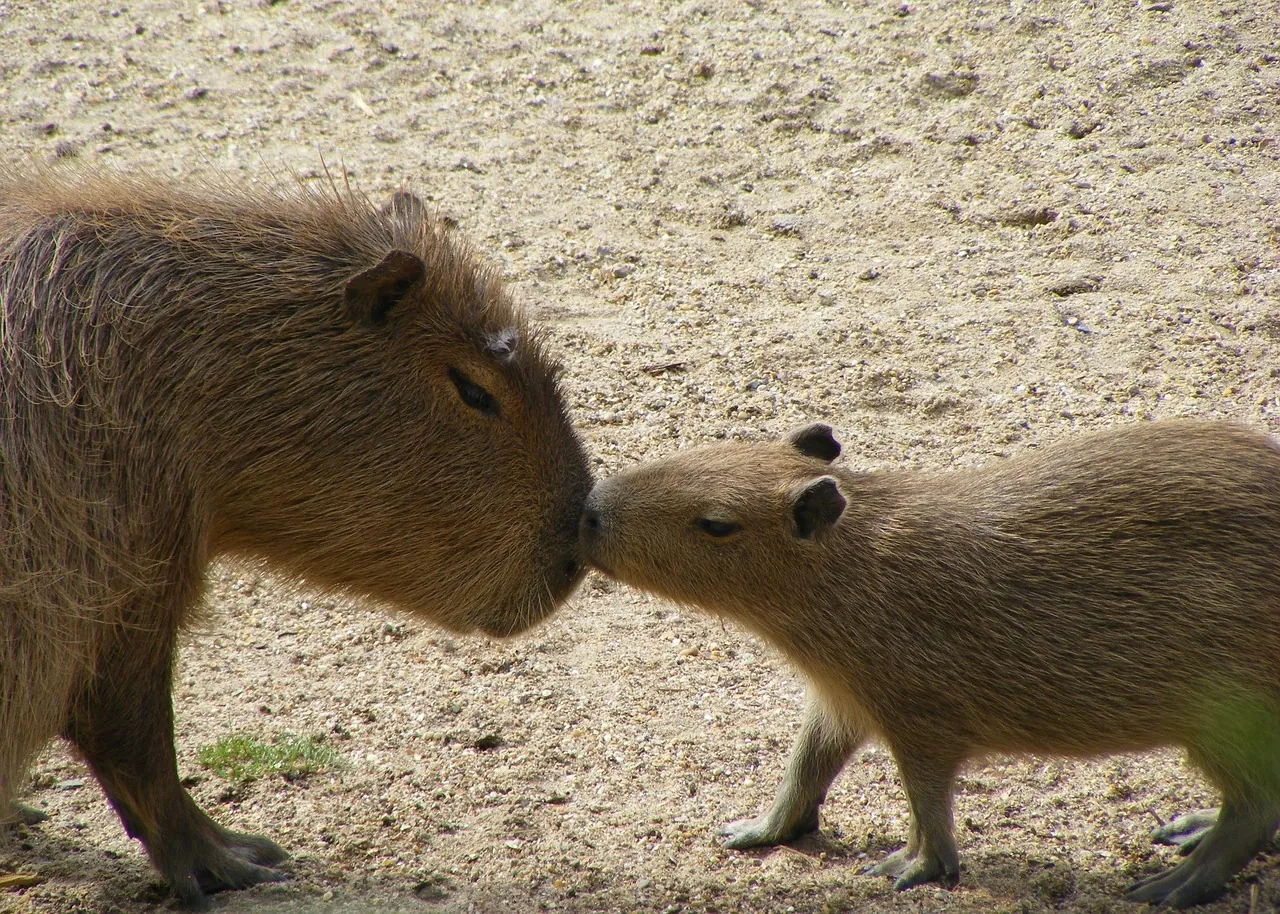
Capybara Social Life
Capybaras are the golden retrievers of the rodent world. They’re incredibly social, living in large herds and even forming bonds with other species. They communicate through barks, whistles, and purrs, and they’re known for their calm, friendly demeanor.
Nutria Social Life
Nutria, on the other hand, are more independent. They can be territorial and aggressive, especially when threatened. While they do form small family groups, they’re not as social as capybaras.
Reproduction and Lifespan: How Do They Multiply?
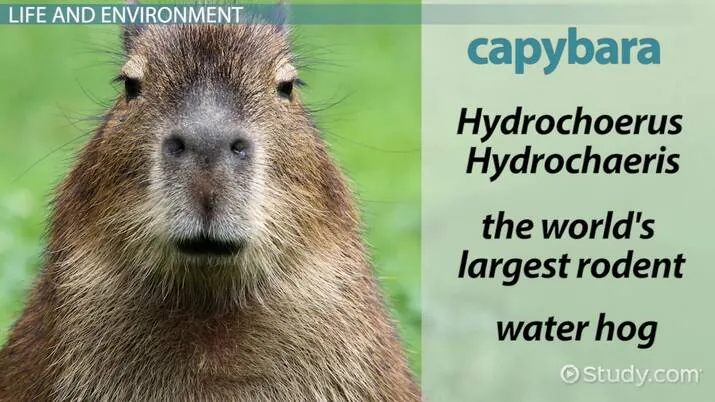
Capybara Reproduction
Capybaras have a gestation period of about 150 days and typically give birth to 4-8 pups per litter. They can have 1-2 litters per year, and the young are weaned at around 3 months.
Nutria Reproduction
Nutria reproduce faster, with a gestation period of 130 days and up to 3 litters per year. Each litter can have 2-13 pups, and females can start breeding as early as 4-6 months old. This rapid reproduction is one reason they’ve become invasive in many regions.
Environmental Impact: Friends or Foes?
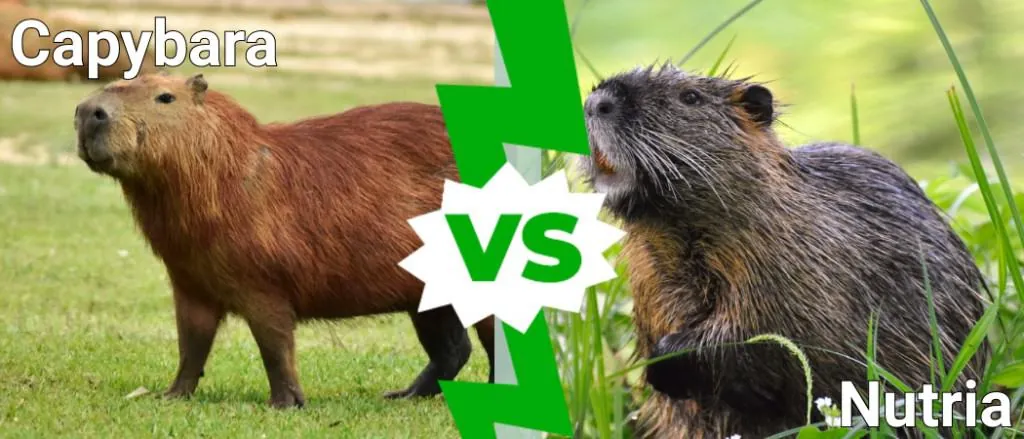
Capybara Impact
Capybaras are generally seen as ecosystem engineers. Their grazing habits help maintain wetland areas, and they play a vital role in their native habitats.
Nutria Impact
Nutria, however, are often considered invasive pests. Their burrowing and feeding habits can damage wetlands, crops, and even human infrastructure. Efforts to control their populations are ongoing in many regions.
Can You Keep Nutria or Capybara as Pets?
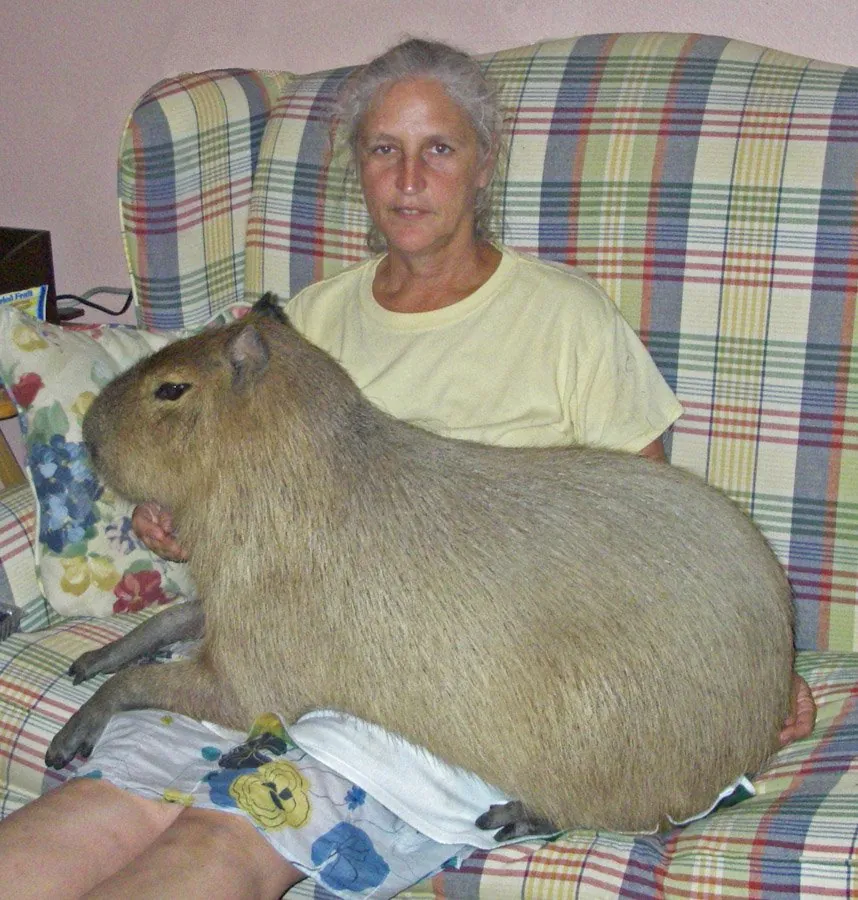
Capybara as Pets
Capybaras are increasingly popular as exotic pets due to their friendly nature. However, they require ample space, water, and social interaction to thrive. In some places, owning a capybara is legal, but it’s not a decision to take lightly.
Nutria as Pets
Nutria, on the other hand, are not recommended as pets. Their territorial and destructive tendencies make them challenging to care for, and they’re often seen as pests rather than companions.
FAQs About Nutria and Capybara
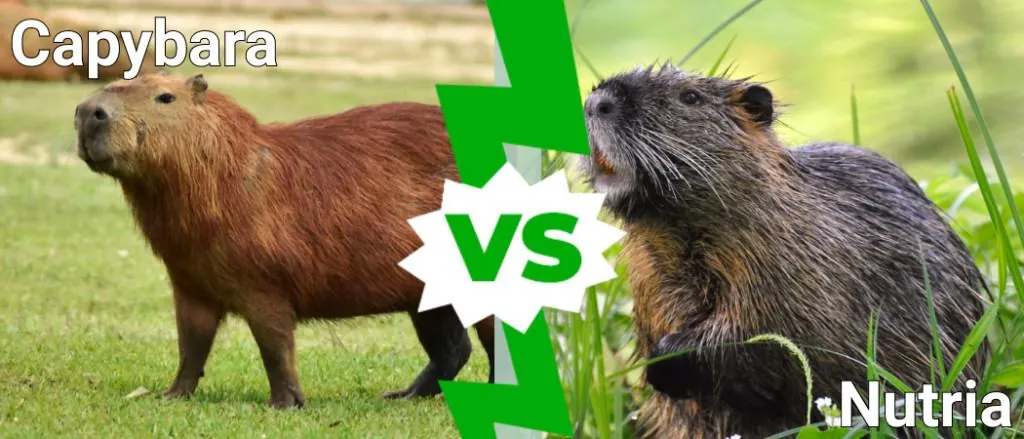
1. Are nutria and capybara the same species?
No, they belong to different families. Capybaras are part of the Caviidae family, while nutria belong to the Myocastoridae family.
2. Can nutria and capybara live together?
It’s unlikely. Capybaras are highly social, while nutria are more solitary and territorial. Their different temperaments and space requirements make cohabitation impractical.
3. Are nutria dangerous to humans?
Nutria can be aggressive if threatened and have been known to bite. However, they’re not typically dangerous unless provoked.
4. Why are nutria considered invasive?
Nutria reproduce quickly and damage ecosystems by overgrazing and burrowing. This makes them a threat to native plants and animals in non-native regions.
Conclusion: Nutria and Capybara Are Worlds Apart
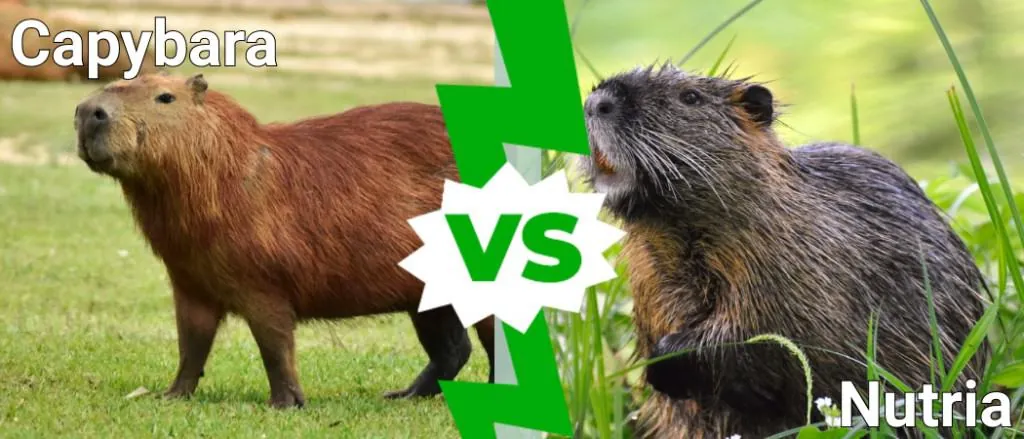
So, are nutria and capybara the same? Absolutely not. While they share some similarities—like their love for water and herbivorous diets—they’re distinct in size, behavior, and ecological impact. Capybaras are the gentle giants of the rodent world, while nutria are the adaptable, sometimes troublesome cousins.
Understanding these differences not only enriches our knowledge of these fascinating creatures but also highlights the importance of preserving their unique habitats. Whether you’re a wildlife enthusiast or just curious about these rodent giants, I hope this guide has cleared up the confusion and sparked your interest in the incredible diversity of the animal kingdom.
Keyword Recap: Are nutria capybara? No, they’re not. But now you know exactly why!
